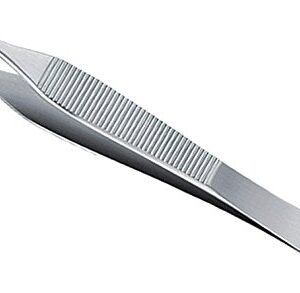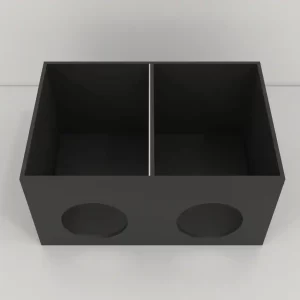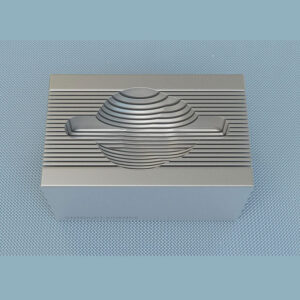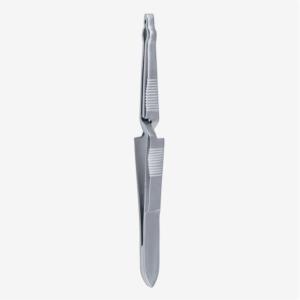Arpaporn Sutipatanasomboon
Arpa Sutipatanasomboon is a research scientist based in the Bangkok Metropolitan Region. She began her scientific journey at Mahidol University in Bangkok, Thailand, where she obtained her Bachelor’s in Plant Sciences. Following her passion for research, Arpa moved to Germany to pursue her graduate studies at the University of Cologne. She subsequently earned her Master’s in Biological Sciences and completed her Ph.D. working on the intersection between cell death and proteostasis in Arabidopsis thaliana. Apart from research, she has developed interests in technology transfer, intellectual property, and IP management. Her goal is to use her research and expertise to assist plant breeders and to make science and scientific knowledge accessible to everyone.












